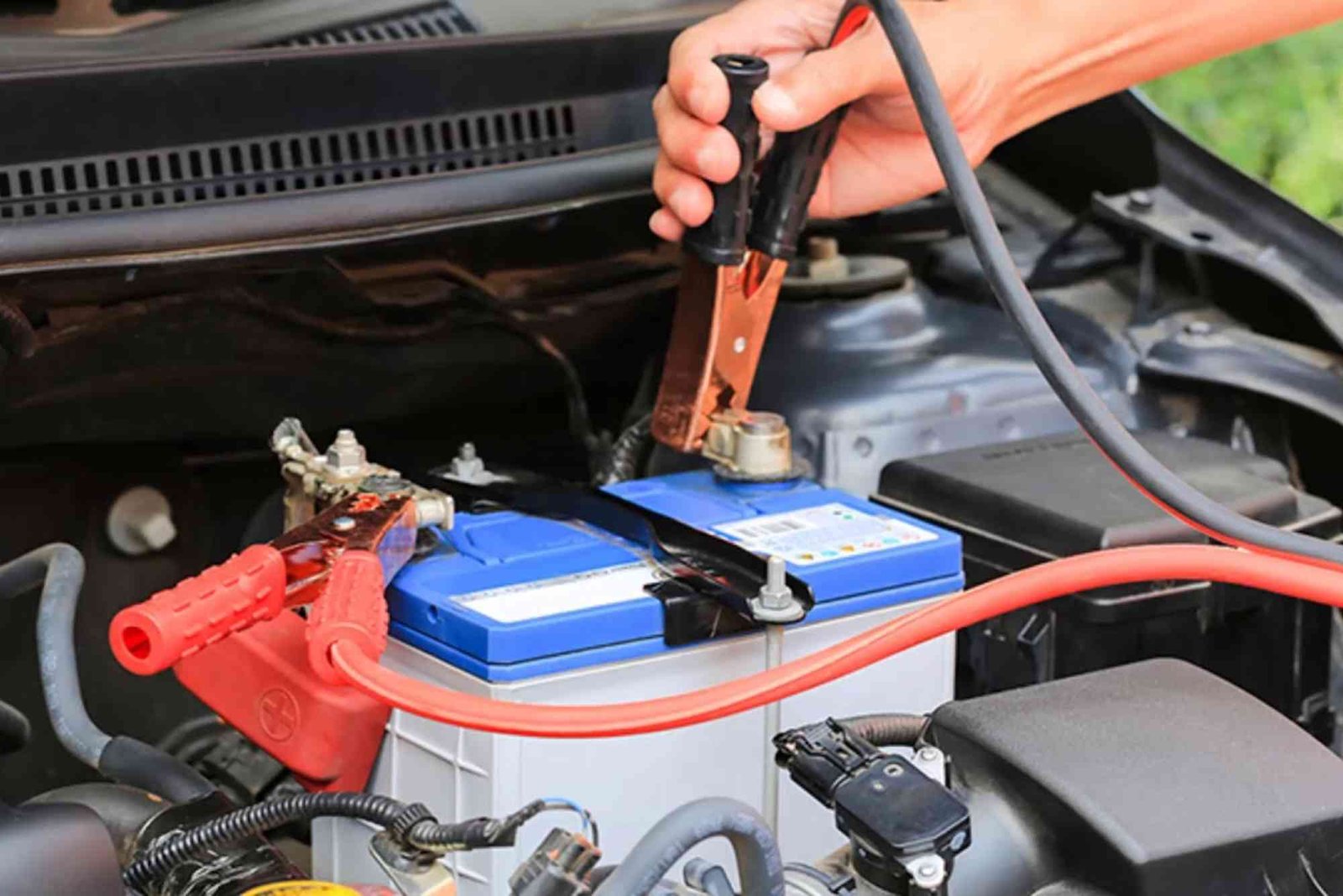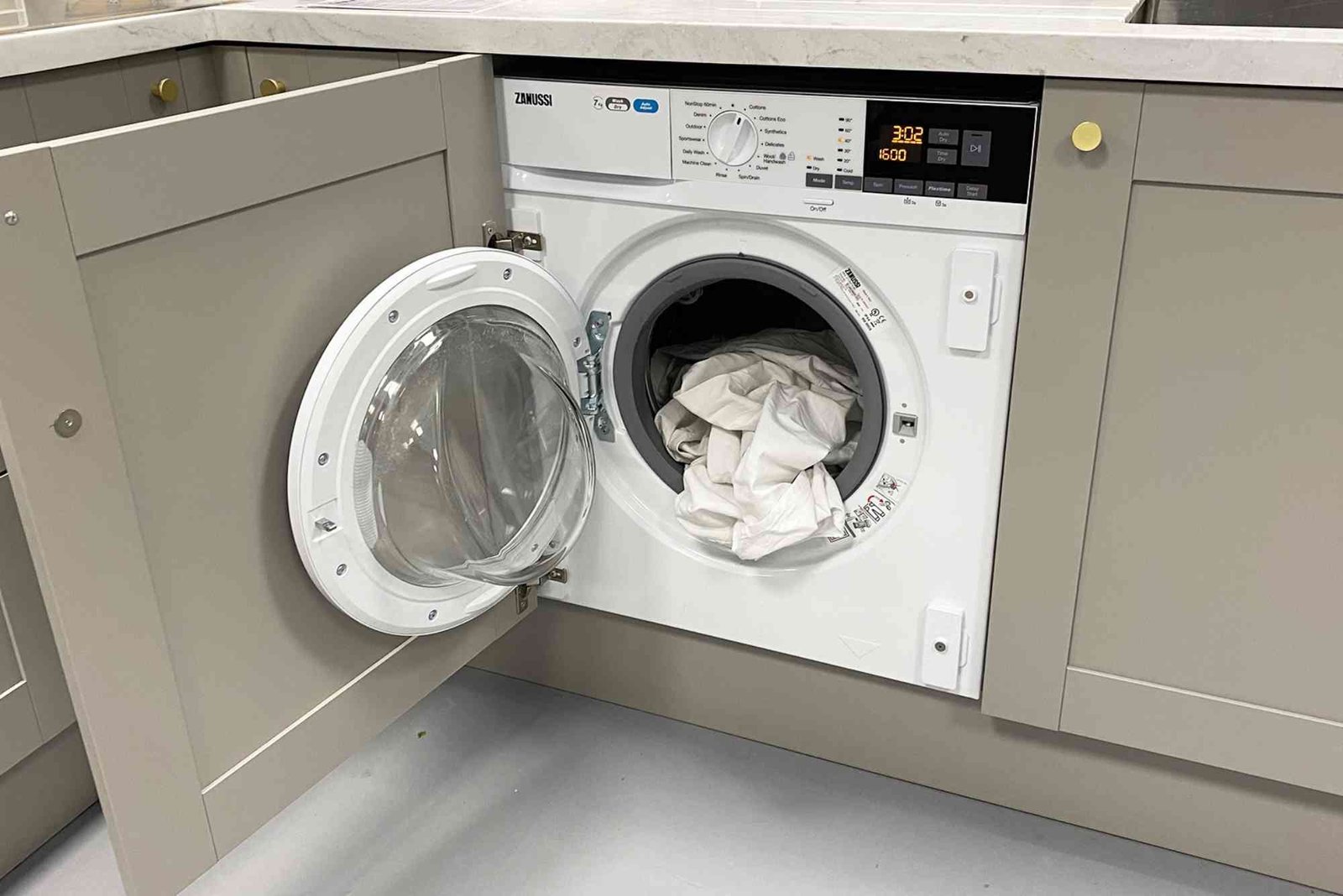A car battery is the heart of your vehicle’s electrical system. Without it, even the most powerful engine won’t start. Yet, many drivers overlook the importance of knowing how to properly charge their car battery. Understanding how to safely and effectively recharge it not only extends its lifespan but also prevents unexpected breakdowns. In this guide, you’ll learn practical, easy-to-follow tips to charge a car battery, whether you’re at home or on the road.
Charging a car battery may sound technical, but with the right approach and safety measures, anyone can do it. Whether you drive daily or occasionally, learning how to maintain and charge your battery ensures your vehicle remains reliable and ready for any journey.
Understanding Why Your Car Battery Needs Charging
Before diving into the process, it’s essential to understand why your battery loses charge in the first place. Over time, natural discharge occurs, especially if your vehicle isn’t driven regularly. Extreme weather, short trips, or leaving electrical systems on—like headlights or the radio—can also drain the battery.
When the charge drops too low, your engine may crank slowly or fail to start altogether. At this point, proper charging can restore power and save you from an unnecessary replacement.
How To Prepare Before Charging Your Car Battery
Preparation is key when it comes to car battery maintenance. First, ensure your vehicle is parked on a flat surface, away from flammable materials. Turn off the ignition and remove the key. Next, wear safety gloves and goggles to protect yourself from potential acid spills or sparks.
Inspect the battery terminals for corrosion—a white or greenish residue often indicates buildup. You can clean this gently with a mixture of baking soda and water. Always make sure the terminals are dry before connecting any charging equipment.
Choosing the Right Charger
The charger you select plays a significant role in battery health. Smart chargers are ideal since they automatically adjust the charging rate based on battery condition. These prevent overcharging, which can damage the battery plates and reduce its lifespan.
If you own an older vehicle or a classic model, a manual charger may be suitable, but it requires careful monitoring. Always match the charger’s voltage to your battery’s specifications, typically 12 volts for most modern cars.
Step-by-Step: How To Charge A Car Battery Safely
Charging a car battery safely involves connecting the charger correctly and letting it run for the recommended time. Start by identifying the positive terminal (marked with a “+”) and the negative terminal (marked with a “–”). Connect the red cable from the charger to the positive terminal, and the black cable to the negative terminal.
Once connected, plug in the charger and select the appropriate charge mode. For slow charging, which is gentler and better for battery longevity, choose a low amp setting. Fast charging should be reserved for emergencies since it generates more heat and can cause wear over time.
Keep the charger on until the indicator shows a full charge. This process usually takes several hours. Once complete, unplug the charger before removing the cables—first the black, then the red.
Common Mistakes to Avoid When Charging
Even experienced drivers can make mistakes when handling a car battery. One common error is connecting the cables incorrectly, which can cause sparks or even damage your vehicle’s electrical system. Another is leaving the charger unattended for too long, leading to overheating.
Avoid smoking or using open flames near the battery. Hydrogen gas released during charging is flammable, making it crucial to work in a well-ventilated area. Always check that the charger is off before connecting or disconnecting cables.
How Often Should You Charge Your Car Battery?
The frequency of charging depends on how often you drive. If you use your car daily, the alternator usually keeps the battery charged. However, if your vehicle sits unused for weeks, it’s best to top up the charge every two to three weeks.
During winter, batteries discharge faster due to cold temperatures. A trickle charger can be a great solution, as it maintains a steady charge without overloading the battery. Regular maintenance ensures you’re never left stranded with a dead battery.
How To Tell When Your Battery Is Fully Charged
A fully charged car battery typically reads between 12.6 and 12.8 volts when tested with a multimeter. Many modern chargers also include an indicator light or digital display showing when charging is complete.
If the battery doesn’t hold a charge even after several hours, it may be nearing the end of its lifespan. In such cases, replacement is often more cost-effective than repeated charging attempts.
Maintaining Battery Health After Charging
Once your battery is charged, maintaining it properly ensures long-term performance. Regularly check for corrosion and keep terminals tightly secured. Drive your car regularly to allow the alternator to recharge it naturally.
Avoid frequent short trips, as these don’t give your alternator enough time to replenish the battery fully. Also, unplug electronic accessories like dash cams or chargers when the engine is off to prevent slow discharge.
Safety Tips When Handling a Car Battery
Safety should always come first. Car batteries contain sulfuric acid, which can cause burns if mishandled. Always wear protective gear and keep baking soda nearby to neutralize any accidental spills.
When charging indoors, ensure the area is ventilated to prevent gas buildup. If you notice a swollen battery case or leaking fluid, do not attempt to charge it. Instead, seek professional help immediately.
For more general safety guidance, you can learn more about handling hazardous materials safely.
Why Proper Charging Extends Battery Life
Charging a car battery the right way prevents sulfation—a common issue where sulfate crystals form on the lead plates, reducing performance. By maintaining an adequate charge and avoiding deep discharges, you help the battery last longer and perform better.
Consistent charging practices also improve your vehicle’s fuel efficiency, as a weak battery forces the alternator to work harder. This small change can have a noticeable impact on overall vehicle performance.
FAQ: Practical Tips To Charge A Car Battery
How long should I charge a car battery?
It depends on the charger and battery size. A slow charge can take 6–12 hours, while a fast charge may take just 1–2 hours.
Can I charge a completely dead battery?
Yes, but it depends on the damage level. If it won’t hold any voltage, you may need to jump-start it first or replace it.
Is it safe to leave a battery charging overnight?
Only if you’re using a smart charger that automatically stops when the battery is full. Manual chargers should never be left unattended.
Can cold weather affect battery charging?
Absolutely. Batteries charge more slowly in cold temperatures and discharge faster. It’s best to charge them indoors during winter.
Do I need to remove the battery from the car to charge it?
Not always. You can charge it while installed, but ensure the ignition and all electrical systems are turned off.
Keep Your Car Ready With Proper Battery Care
Knowing how to charge a car battery properly is a vital skill for every driver. With these practical tips, you can ensure your vehicle remains dependable, no matter the conditions. Regular charging and maintenance not only prevent breakdowns but also extend your battery’s lifespan.
If you’re eager to dive deeper into car care and maintenance, check out this Related Automobile article for more practical insights. For more resources on maintaining your vehicle, explore How To Charge A Car Battery.




